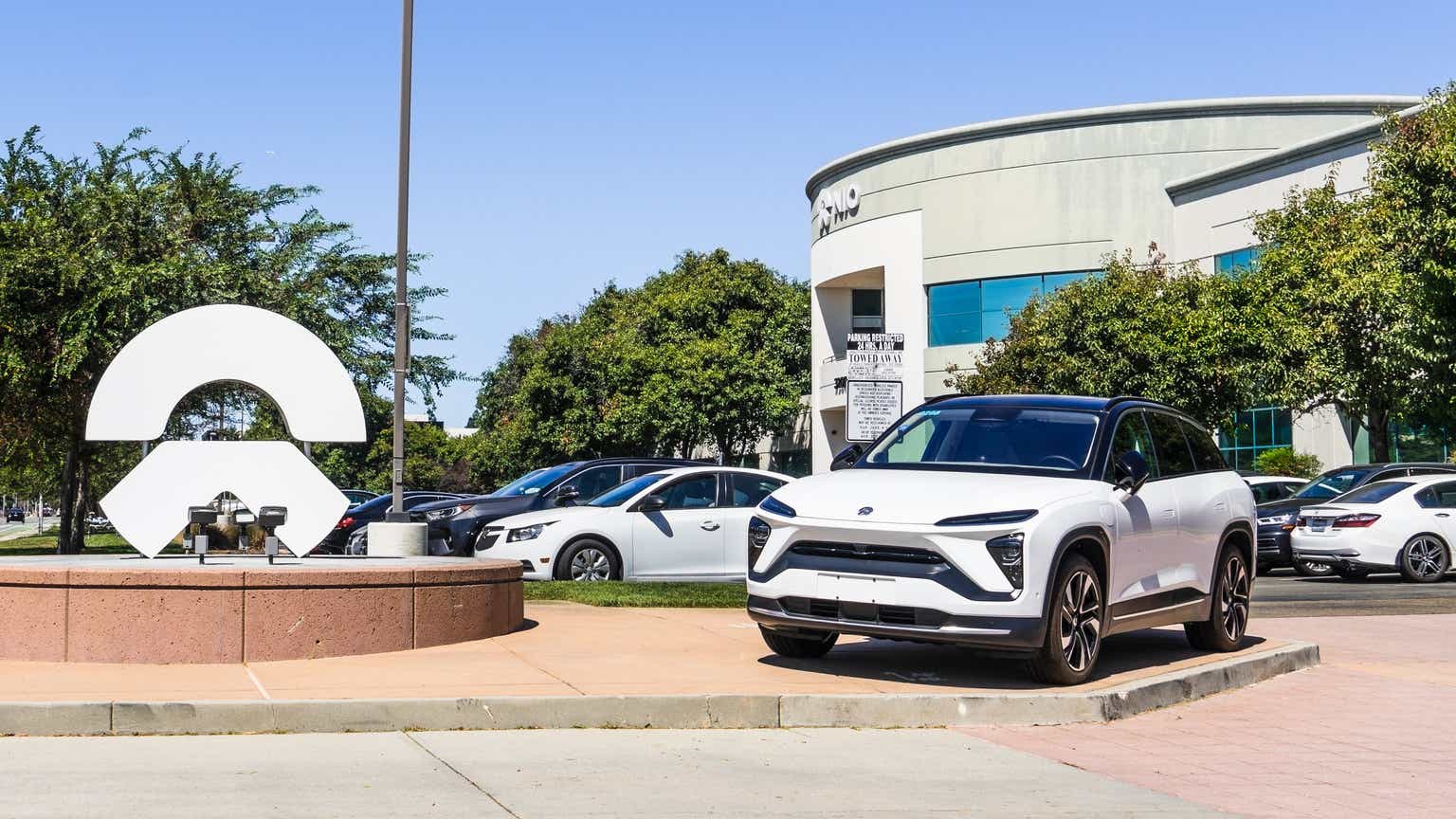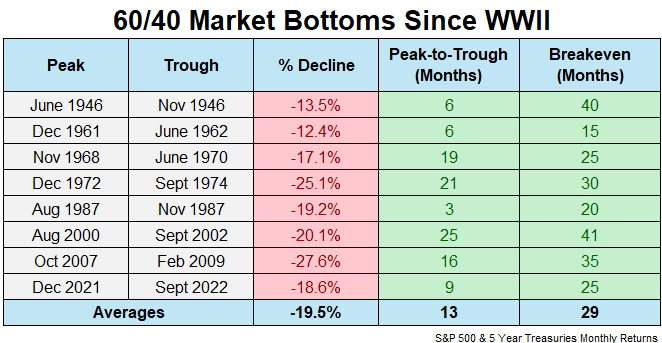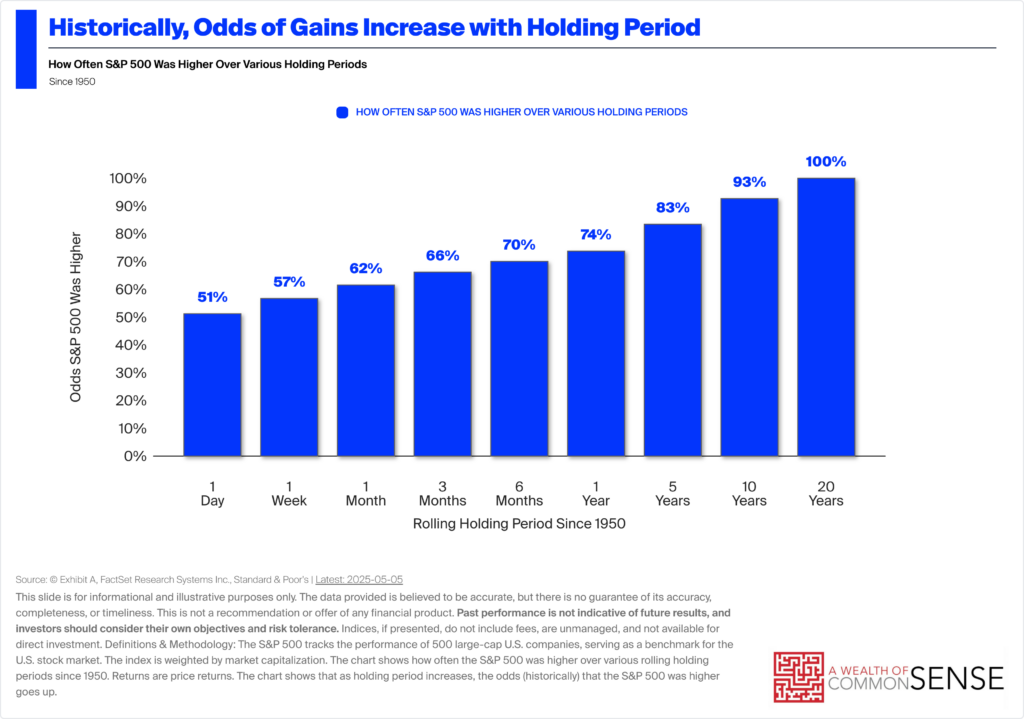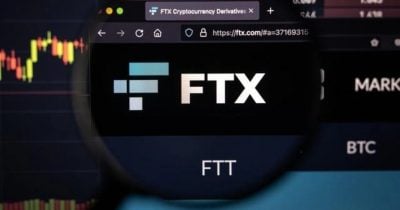NVIDIA (NASDAQ: NVDA) Stock Price Prediction for 2025: Where Will It Be in 1 Year
Shares of NVIDIA (NASDAQ:NVDA) have surged more than 21% over the past month, including a 15.60% gain over the past five trading sessions, trimming the stock’s year-to-date loss to just 1.88%. This rebound has sparked mixed reactions, with some analysts raising price targets while others caution against headwinds following new U.S.-China trade developments. Nvidia, the […] The post NVIDIA (NASDAQ: NVDA) Stock Price Prediction for 2025: Where Will It Be in 1 Year appeared first on 24/7 Wall St..

Shares of NVIDIA (NASDAQ:NVDA) have surged more than 21% over the past month, including a 15.60% gain over the past five trading sessions, trimming the stock’s year-to-date loss to just 1.88%. This rebound has sparked mixed reactions, with some analysts raising price targets while others caution against headwinds following new U.S.-China trade developments.
Nvidia, the leading artificial intelligence chipmaker, is navigating a pivotal moment as it approaches its first-quarter earnings report on May 28. The stock recently soared after President Trump announced a new U.S.-China trade agreement to pause tariffs for 90 days on Sunday, May 10, reducing U.S. tariffs on China from 145% to 30% and China’s from 125% to 10% for 90 days. The two-day gain for the chipmaker helped wipe away the steep drop NVDA stock suffered early in 2025, after reporting it would take a $5.5 billion charge tied to H20 chip export restrictions to China.
Despite this, the company’s pivot to U.S. AI infrastructure investments and new chip designs for China signal resilience. With analysts eyeing robust data center demand, 24/7 Wall St. conducted analysis to explore whether NVIDIA can sustain its recovery and drive further growth.
Key Points in This Article:
- U.S.-China trade relations present headwinds, but NVIDIA is also the dominant chipmaker in the market, and the company’s profitability remains strong.
- Capex continues to be a strong focus as the company continues to hyperscale its production.
- If you’re looking for a megatrend with massive potential, make sure to grab a complimentary copy of our “The Next NVIDIA” report. This report breaks down AI stocks with 10x potential and will give you a huge leg up on profiting from this massive sea change.
Why Invest in NVIDIA?
NVIDIA faces significant hurdles as it navigates U.S.-China trade restrictions and intense market expectations. In the first quarter, export controls on its H20 AI chip that had been designed specifically to get around export restrictions of advanced technology to China, leading to the substantial write-down noted above. Analysts believed the ban could result in a $9 billion revenue hit, with $700 million affecting fiscal Q1 results with the remaining $8 billion spread across the second and third quarters.
New U.S. tariffs and China’s retaliatory measures also threatened supply chain costs, particularly for components sourced globally, while competition from Huawei’s Ascend chips grows. These factors had analysts warning of margin pressure. Yet NVIDIA’s profitability remains robust — the company has reportedly raised prices 10% to 15% on some of its most popular GPUs as a result of the tariffs. Gaming processor prices jumped 5% to 10% while its high-end AI GPUs were hiked as much as 15% to account for surging manufacturing costs and to keep its earnings stable.
Yet investments in U.S. AI infrastructure, supported by Taiwan Semiconductor Manufacturing‘s (NYSE:TSM) $165 billion Arizona fab expansion, bolster NVIDIA’s supply chains and is backed by its $37.6 billion cash reserve.
Of special note is a new deal CEO Jensen Huang announced as part of Trump’s recent visit to Riyadh. Nvidia will sell 18,000 of its GB300 Blackwell chips — its most advanced — to Saudi Arabia’s Humain to be used in data centers with 500 megawatts of capacity.
Additionally, the AI market is projected to grow at a 37% CAGR through 2030, according to Grand View Research, supporting NVIDIA’s $170 billion fiscal 2026 revenue forecast, a 30% increase over the $130.5 billion it generated in 2025.
NVIDIA as a Company
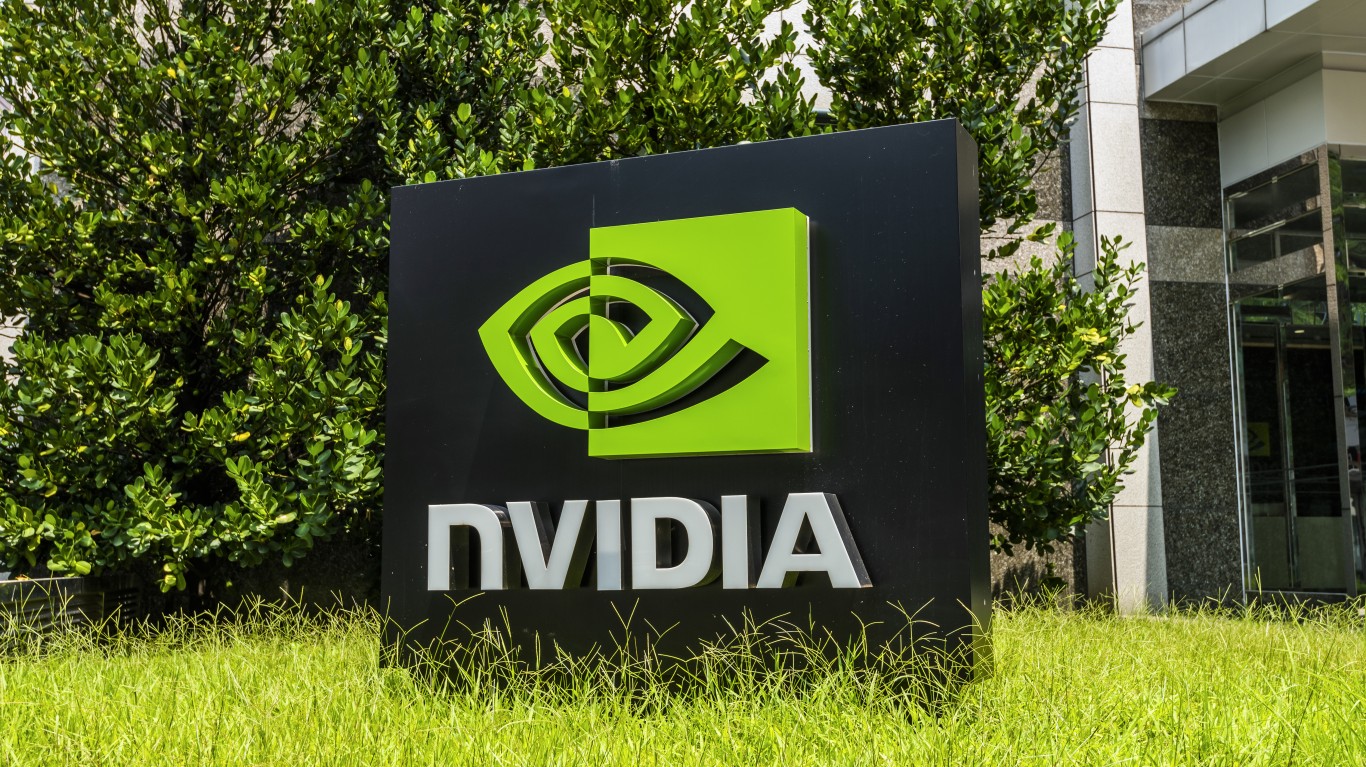 In its Q4 earnings call in February, NVIDIA reported record adjusted gross profits of $28.9 billion, up 70% year-over-year. It marked its fifth consecutive quarter of positive gross margins at 73.5% and driven by AI chip demand.
In its Q4 earnings call in February, NVIDIA reported record adjusted gross profits of $28.9 billion, up 70% year-over-year. It marked its fifth consecutive quarter of positive gross margins at 73.5% and driven by AI chip demand.
The chipmaker invested $3.2 billion in capital expenditures in fiscal 2025, expanding Blackwell accelerator production and AI infrastructure. Analysts expect Q1 2026 capex to hover around $800 million to $900 million quarterly to meet hyperscaler demand.
U.S.-China trade restrictions still pose risks, even with the potential thaw, tariffs could raise costs, which would explain the price hikes reportedly implemented. NVIDIA’s adjusted operating income of $25.1 billion was offset by a 39% operating expense increase to $3.7 billion for R&D.
Yet NVIDIA’s growth isn’t solely tied to data centers, which generated $35.6 billion in fourth-quarter revenue. The company expanded its automotive segment, with a 103% year-over-year increase to $570 million, driven by partnerships with Toyota (NYSE:TM) and Aurora Innovation for autonomous vehicles. This diversifies NVIDIA’s portfolio amid tariff uncertainties.
Wall Street is projecting Q1 revenue of $43 billion, up 65% year-over-year, fueled by the $11 billion ramp of Blackwell chips in the fourth quarter, an increase that shouldn’t be overly impacted by the China chip ban.
NVIDIA (NVDA) as a Stock
NVIDIA shareholders have been on a rollercoaster lately. The stock peaked at $153.13 in 2024 before dropping 36.89% from its January high due to China export restrictions before bottoming on April 4. The recently announced pause in U.S.-China tariffs, however, sparked a resurgence in its shares, while a U.S.-U.K. trade deal announced the previous week helped lift the entire semiconductor industry.
Analyst sentiment remains bullish. NVDA receives a consensus “Strong Buy” rating, with a one-year price target of $164.51. That implies 21.30% upside potential from its current price, with targets ranging from $100 to $200 per share. Of the 40 analysts covering the stock, 34 assign it a “Buy” rating, five assign it a “Hold” rating and one assigns it a “Sell” rating.
Morgan Stanley lowered its price target to $160 from $162 per share over concerns about supply chain constraints and global economic uncertainty, but still has confidence in the chipmaker’s long-term outlook. With 68% of Nvidia’s shares held by institutional investors, Vanguard Group is the largest stakeholder at 2.192 billion shares, followed by BlackRock with 1.901 billion. Institutional ownership currently stands at 65.89%.
| Estimate | Price Target | %Change From Current Price |
| Low | $100.00 | -26.26% |
| Median | $164.51 | 21.30% |
| High | $200.00 | 47.47% |
NVIDIA’s AI dominance, 93% data center growth and automotive partnerships with Toyota position it for 2025 gains. However, tariff risks and DeepSeek’s competitive AI models require caution. The AI market’s growth and the chipmaker’s $43 billion Q1 revenue guidance position NVIDIA to achieve its $170 billion full-year revenue target, while its cash buffer and Stargate Project role offer stability. Still, valuation concerns linger. NVIDIA is a buy for growth-oriented investors, but others should use caution.
24/7 Wall St.‘s 12-month price target for Nvidia is fairly neutral at $133.98 per share, implying just 1.20% potential downside from the current price per share. That estimate accounts for tariff risks, competition from DeepSeek and potential Blackwell supply constraints, while reflecting NVIDIA’s AI dominance and $43 billion Q1 2026 revenue guidance. Because the target estimate is below the analyst mean of $164.51 per share, it suggests a cautious but realistic target.
The post NVIDIA (NASDAQ: NVDA) Stock Price Prediction for 2025: Where Will It Be in 1 Year appeared first on 24/7 Wall St..










